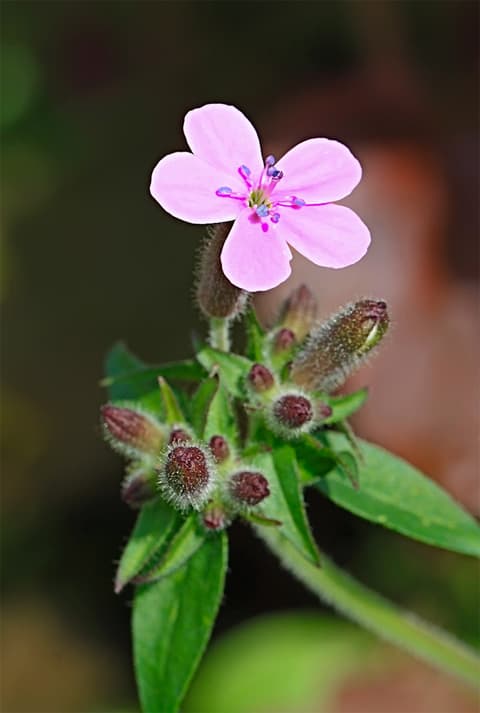Your shopping cart is empty!
Soapweed "Lekarstvennaja"
Soapweed "Bouncing Betty" - Saponaria officinalis.
A medicinal, perennial, herbaceous plant, 30-90 cm high.
The stems are erect, the flowers are large, fragrant, white or pink on short peduncles, collected in paniculate corymbose inflorescences.
It blooms from mid-June to the end of September.
Due to the presence of saponins, decoctions of soapwort foam like soap, which is why the plant is known as "soap root". This plant should be handled with caution, as it is considered poisonous.
In medicine, the roots and rhizomes of plants are used, which contain about 5% saponins, as an expectorant for bronchitis and other respiratory diseases and as a laxative.
In folk medicine, a decoction of the root is used for gastrointestinal ailments, diseases of the kidneys, liver and spleen, and especially for diseases associated with metabolic disorders, accompanied by skin inflammation.
The plant is also grown as an ornamental. Saponaria is winter-hardy and unpretentious, grows on any loose soil, prefers open sunny places, does not tolerate stagnant water.
It is used in group plantings, flower beds, mixborders, for decorating buildings and fences.
Propagated by seeds (spring and autumn sowing), division of the bush (in spring), cuttings, which are planted in shaded beds.
A medicinal, perennial, herbaceous plant, 30-90 cm high.
The stems are erect, the flowers are large, fragrant, white or pink on short peduncles, collected in paniculate corymbose inflorescences.
It blooms from mid-June to the end of September.
Due to the presence of saponins, decoctions of soapwort foam like soap, which is why the plant is known as "soap root". This plant should be handled with caution, as it is considered poisonous.
In medicine, the roots and rhizomes of plants are used, which contain about 5% saponins, as an expectorant for bronchitis and other respiratory diseases and as a laxative.
In folk medicine, a decoction of the root is used for gastrointestinal ailments, diseases of the kidneys, liver and spleen, and especially for diseases associated with metabolic disorders, accompanied by skin inflammation.
The plant is also grown as an ornamental. Saponaria is winter-hardy and unpretentious, grows on any loose soil, prefers open sunny places, does not tolerate stagnant water.
It is used in group plantings, flower beds, mixborders, for decorating buildings and fences.
Propagated by seeds (spring and autumn sowing), division of the bush (in spring), cuttings, which are planted in shaded beds.













